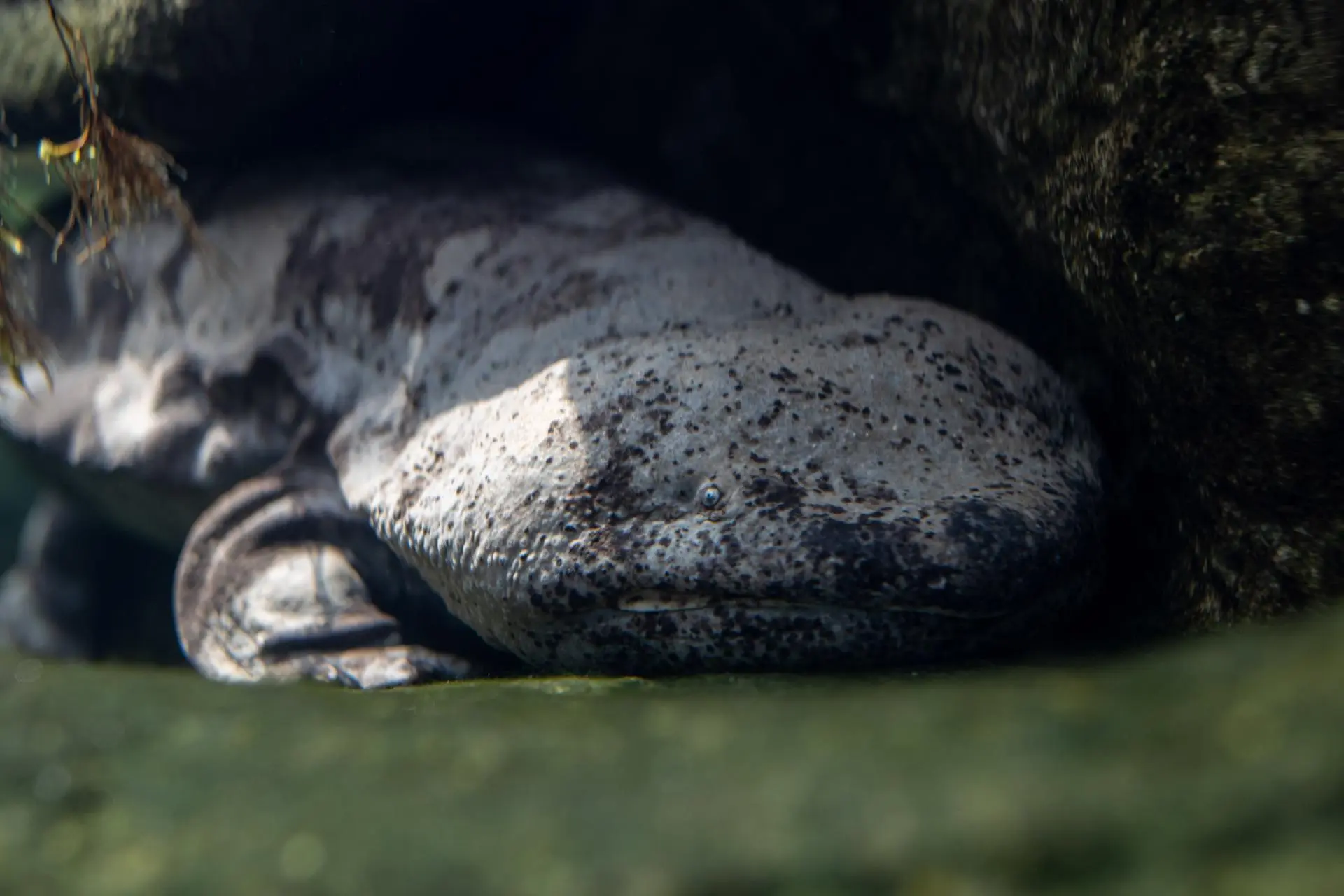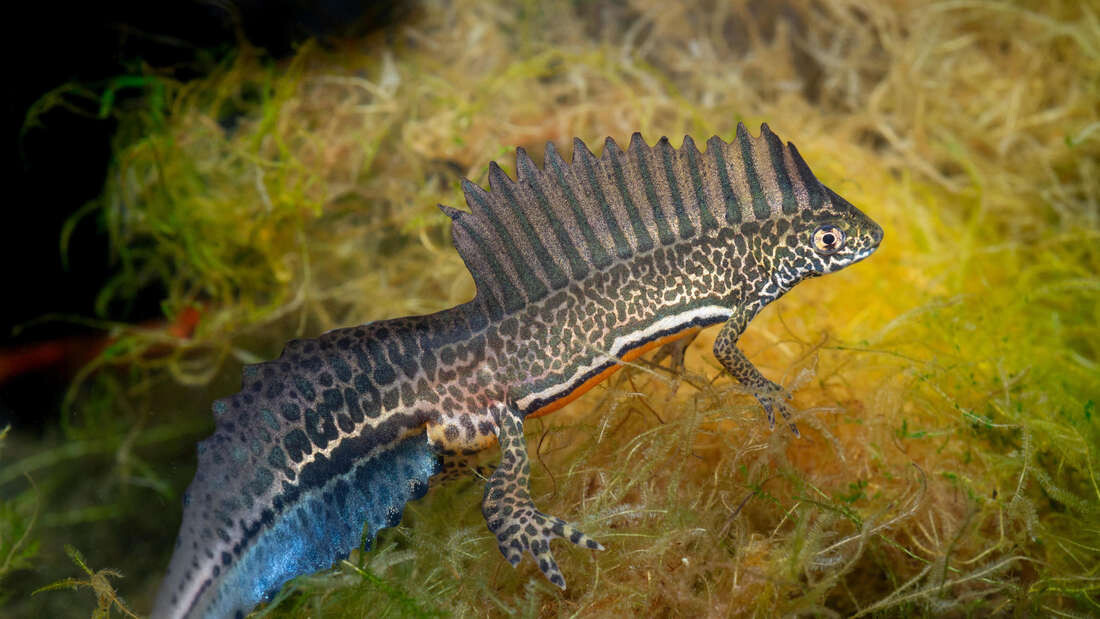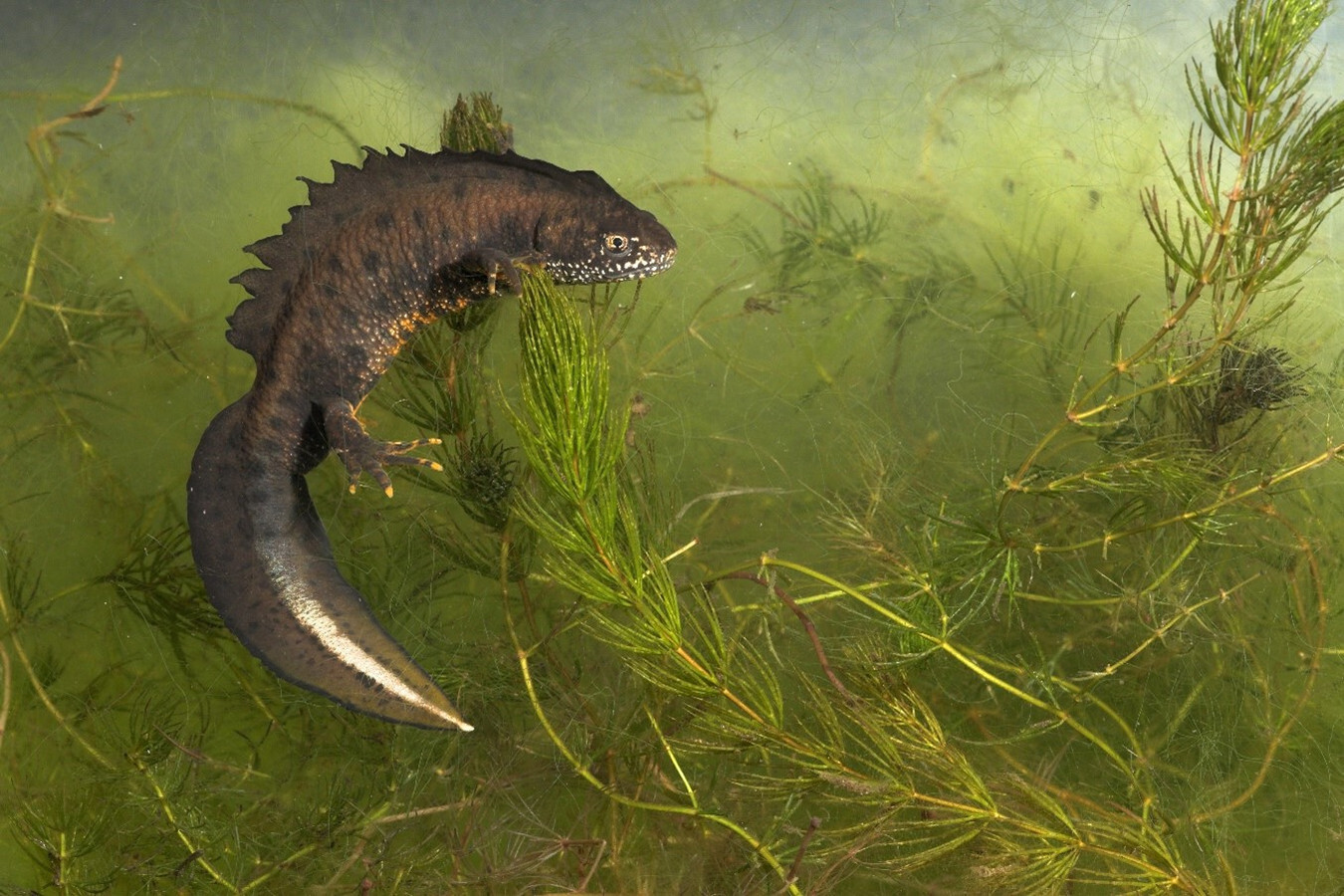Onderzoekers van de Kyoto Universiteit hebben recent de aanwezigheid van de Chinese reuzensalamander (Andrias davidianus),…
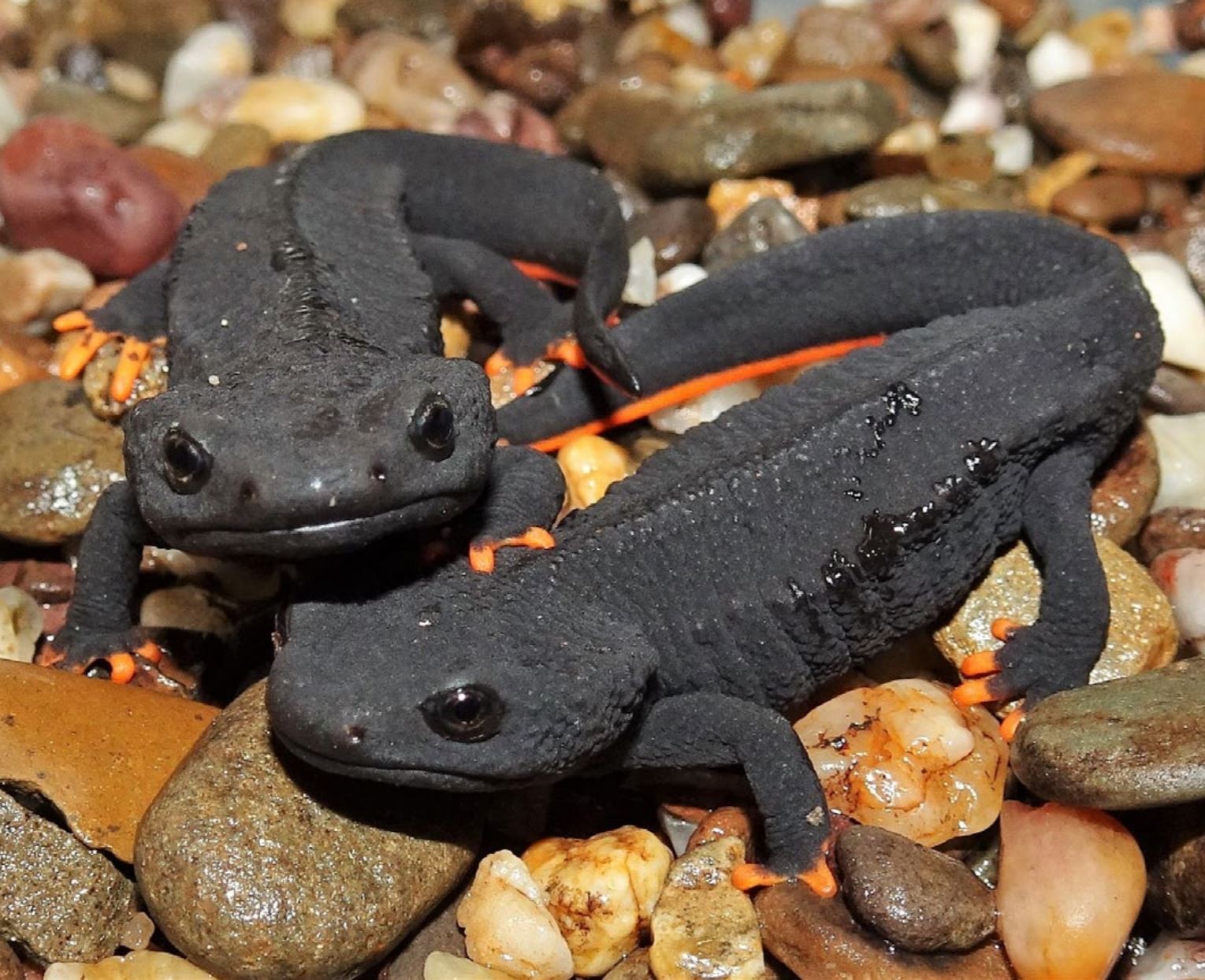
Foto boven: Juveniele Vietnamese Krokodilsalamanders (Tylototriton vietnamensis), 2 maanden na metamorfose. Foto: Anna Rauhaus
Goed nieuws voor de conservering van salamanders: In de Kölner Zoo heeft een Duits-Vietnamese samenwerking tussen de terrariumafdeling van de dierentuin van Keulen, Duitsland en het Me Linh Station voor Biodiversiteit in Hanoi, Vietnam voor een succesvolle nakweek van de Vietnamese Krokodilsalamander (Tylototriton vietnamensis) gezorgd.
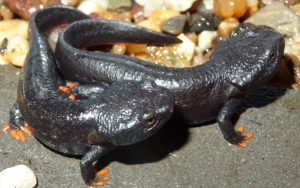
Deze pas in 2005 ontdekte soort komt, voor zover bekend, alleen voor in een aantal locaties verspreid over 4 provincies, waar hij groenblijvende laaglandbossen met gemengde vegetatie van hardhout, bamboe en struiken bewoont. Het natuurlijke habitat is ernstig gefragmenteerd en kwetsbaar door ontbossing voor gebruik in de landbouw. Daarnaast worden deze en andere Tylototriton-soorten gebruikt in traditionele medicatie, en zijn er al een aantal Vietnamese Krokodilsalamanders gespot in de internationale dierenhandel, wat een andere bedreigingsfactor voor de soort kan betekenen.
Met slechts 1 koppel dat overbleef van 4 naar Duitsland geimporteerde larven, opgekweekt uit ei in Vietnam, is het het team gelukt om nakweek te krijgen, met wat interessante observaties over de opkweekmethodes (uit de Amphibian Ark nieuwsbrief):
“The newts continued to grow well, and after we had lowered temperatures and the water level of the water in the public enclosure at the end of 2017, then slowly began to increase it again in March 2018, we noticed that the male increasingly stayed in the water. Then, on 18th March, we observedcourtship activities, namely the male following the female throughthe water. On the next day, we found the female sitting on top ofa clutch of around 100 eggs under some moss on a stone at the transition between the water and the land. The female stayed at the egg clutch until dark, when we then removed the eggs and incubated them behind the scenes of Cologne Zoo’s Terrarium Section in the amphibian breeding room at temperatures between 23-25°C.
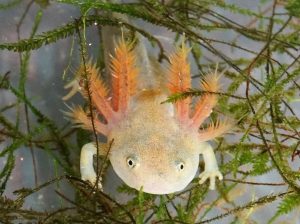
Sixty larvae hatched between 29th March and 4th May 2018 and were subsequently raised in plastic boxes containing about eight liters of water. The maximum group size was five individuals, and water temperatures were maintained between 22-23°C. Larvae were fed with Artemia, Daphnia, and later with Tubifex and small earth worms (Dendrobaena). Especially during the early developmental stages, the larvae appeared to be sensitive, e.g., towards fluctuations in water parameters, but with increasing body sizes, we had no further losses. Between 10th June and 11th July, fifty juvenile salamanders with total lengths ranging between 57-69mm moved to the land section. The juveniles are raised in small groups of four or five individuals and so far all are developing
well. Two months after metamorphosis, the young newts measure around 65-80mm and weigh 2-3g. In the future, they will be provided to other institutions which are interested in joining a conservation breeding program.
To our knowledge, this breeding success marks the first reproduction of Vietnamese Crocodile Newts in captivity (Sparreboom 2014) and hopefully can serve as the basis for a stable captive reserve population. Further information on husbandry and larval development of the Vietnamese Crocodile Newt will be shortly provided in detail elsewhere.”
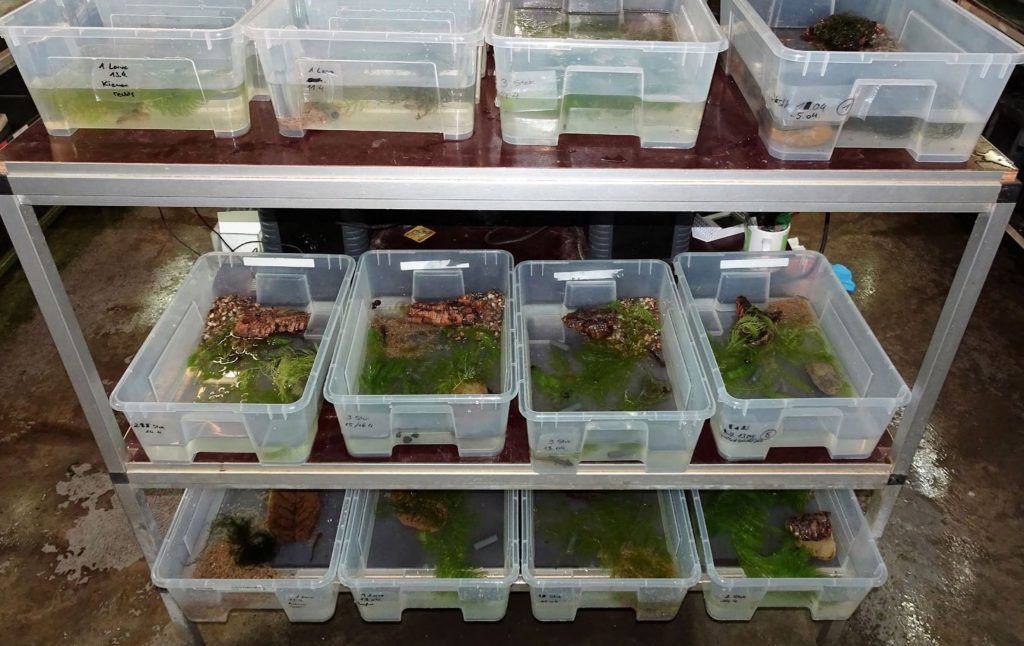
Meer informatie: 44th Amphibian Ark Newsletter
Bron: Amphibian Ark
